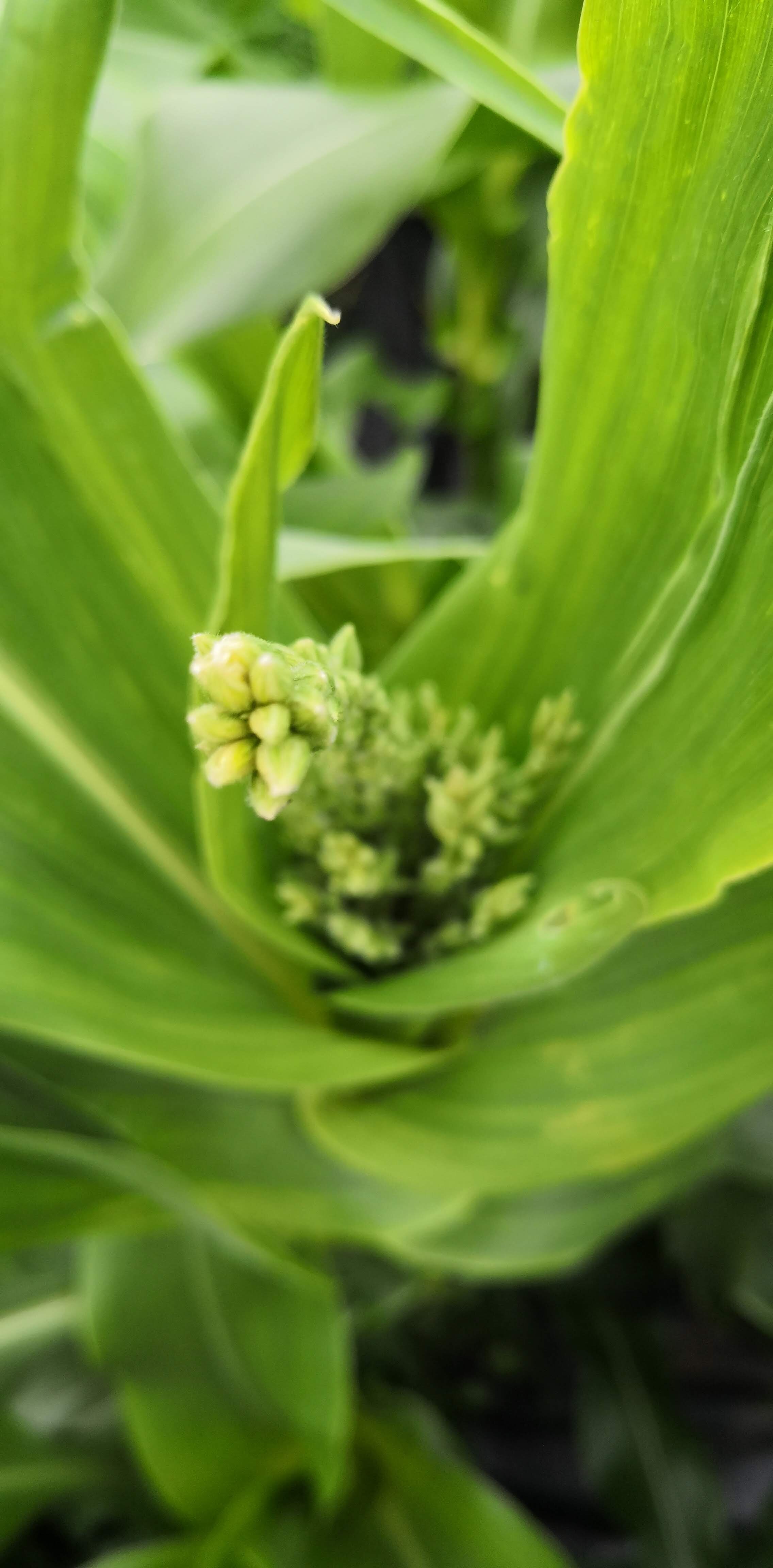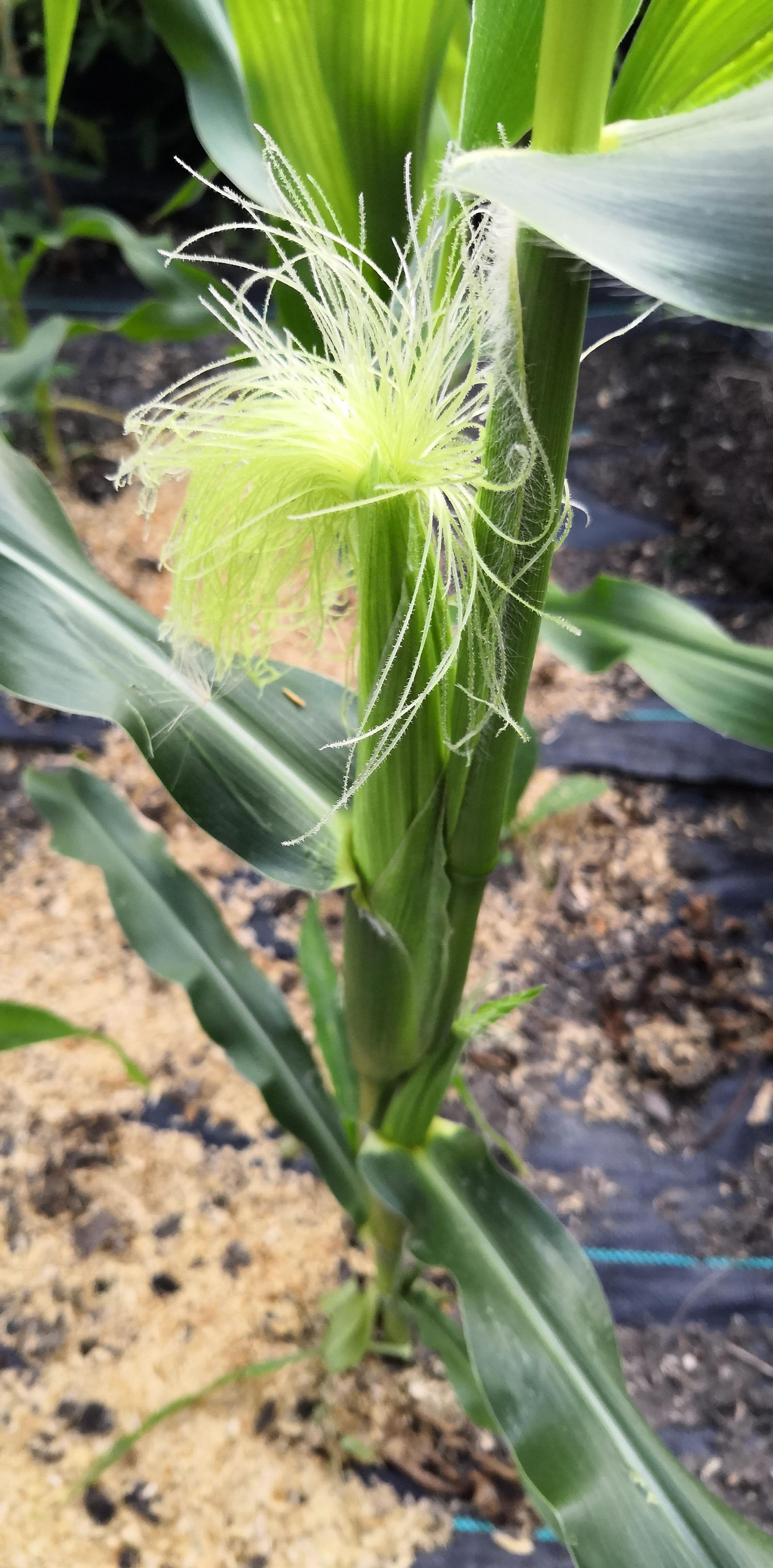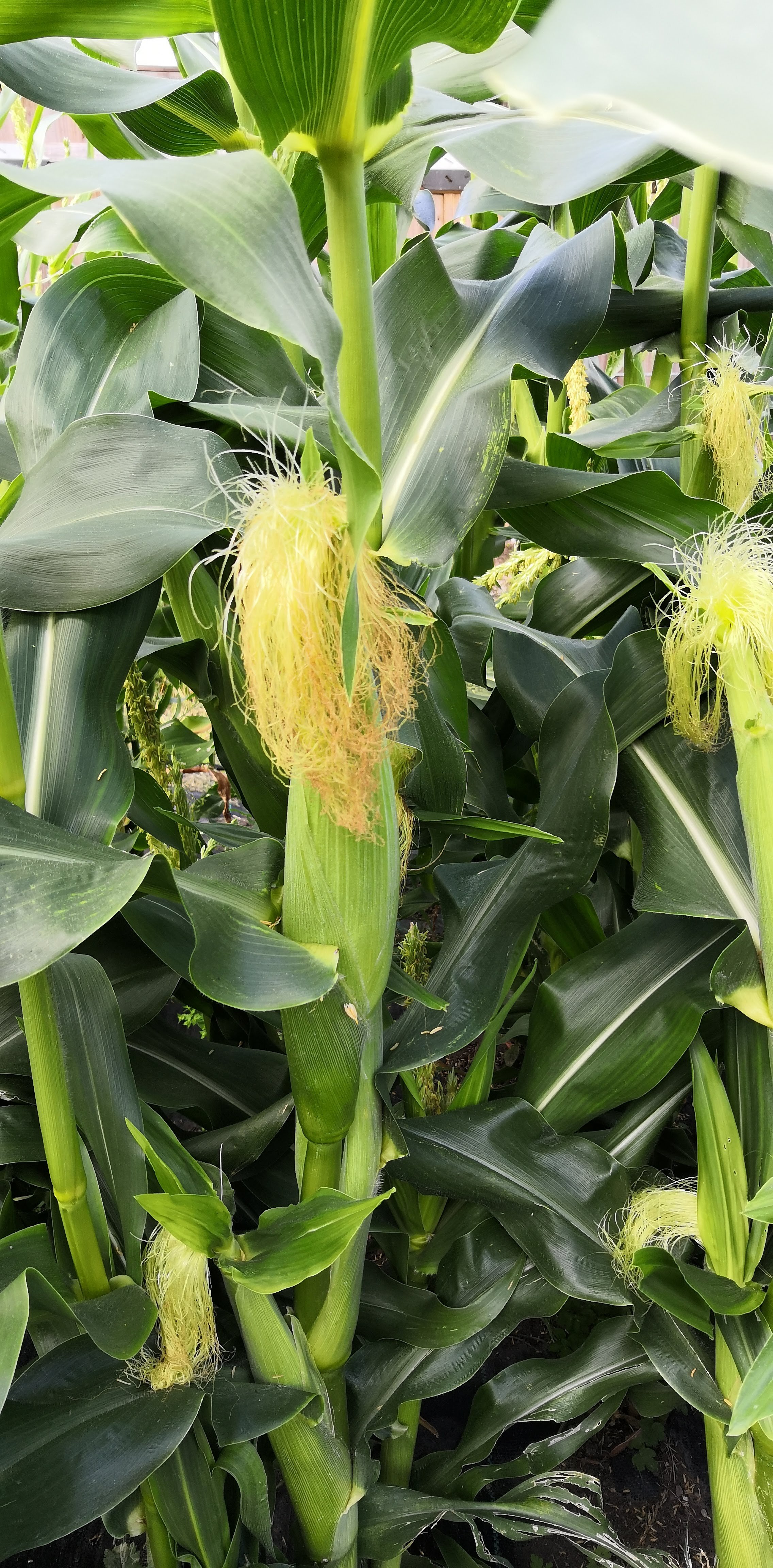🌽 Growing Sweetcorn 🌽
This is my second year growing sweetcorn, last year I planted a 3x3 grid and got back about 7 or 8 cobs. I wasn’t expecting a great deal, I like sweetcorn but figured it would be a lot of fuss for nothing special. I was totally blown away by the flavour difference and I actually don’t think it is a lot of fuss to grow. This year I planted about 40 plants and many of them have multiple cobs on them!
Picking seed
I chose a super sweet variety because I have an unhealthy sugar addiction and I apparently want my vegetables to be as sweet as possible.
The variety I chose is Mirai Picnic F1, because it is an F1 variety any plants grown from saved seed won't be the same as the parents. This has the potential to produce something new and amazing but also something mediocre and meh.
Fertilizer
Use an all purpose, balanced fertilizer such as well rotted manure or an all purpose compost before planting out. Ideally several months before so the nutrients have some time to work their way in to the soil.
Ground cover
To avoid weeds and weeding I like to use weed suppressing fabric, I measured out the spacing and burned some holes big enough for the corn stalks to grow through. This fabric can be reused for several years when rotating your corn to different beds in your garden or allotment, just roll it up and move it over!
If mulching I would choose something I could find in abundance for cheap, grass clippings or straw are great but you might have access to wood shavings which would make it a better mulch for you. This material is to act as a thick (at least 3 inch) barrier, enough to smother a significant number of weeds and trap in the moisture.
Sowing and planting out
Corn doesn’t like having its roots disturbed much, I like to grow my corn in recycled cardboard loo rolls which are sturdy enough to hold together while the roots find their way out but when you are ready to plant the corn outside you can plant the whole loo roll and it will compost in to the dirt and the roots will not be disturbed. The only real downside to this method that I have found is in the storage of the loo rolls, you look a little eccentric for a while with a big box of loo rolls sat around.
If this isn’t your thing (understandably) then you could use root trainers, they are sowing modules that are elongated and usually open at the side so that you can easily remove your plants without disturbing the roots too much.
Direct sowing is also an option, you will need to start your corn when the ground has warmed up enough, you’re looking for temps of above 10°C. You can use some fleece to help warm the ground up in preparation. Because you won’t have that head start you might benefit from a variety that is quick to grow like Earlibird.
This year I chose to sow my seeds every 2 weeks from mid April to the beginning of May to try and stagger the arrival of the corn so I wouldn't be hit with such a glut.
When planting out I chose the biggest plants to go at the back so that they wouldn't shade smaller plants as they grew.
I was really struck by the difference in plants started a few weeks later in early May and those started just a week or so earlier, the earliest sown plants were by far the weakest. You can see them here planted at the back as I had anticipated they would grow the fastest, the opposite actually happened.
When planting out or direct sowing ensure the corn have enough space, you can see recommendations of anywhere between 12-18 inches apart. I went for 12 inches apart this year and I think it was a little too close together, the leaves were so close that it interfered with the pollination and I ended up pollinating by hand.
Corn loves the sunshine so ensure you have a sunny location but not too exposed, strong winds can break the stalks or knock them over.
Watering
If using mulch or fabric you should only need to water when the plants are young and if we have a long stretch without any rain, the mulch will trap in a lot of moisture.
Side shoots
The side shoots on corn (AKA suckers or tillers) are a sign that your corn is happy and thriving but what to do about side shoots is a controversial topic, some resources will advise repeatedly removing them over the course of the growing season to ensure all of the energy and resources will go in to the corn cobs and other sources will say not to bother.
Personally I don’t have the energy to be fighting against my corn every other week for months, plus there is the potential for these side shoots to also provide corn cobs as well and that seems to have been the case for us this year. Our side shoots had side shoots and they all had cobs!
Pollination
Corn is wind pollinated, that is why it is best to plant in a grid or block pattern rather than in rows. To ensure your cobs actually have delicious corn kernels, each of the individual silks need to each be pollinated. Those frilly bits actually correlate to the kernels, the pollen from the top of the corn stalk (tassel) will get blown by the wind and land on the frilly silk below and fertalise it which leads to tasty corn kernels. Sort of like corn eggs.
To ensure the most of your harvest you can give the corn stalks a bit of a shake when you start seeing pollen at the top and silks start emerging, it isn’t essential though.
Pests
Because corn is delicious there are a few other critters that might be interested in it. Right from sowing the seed you can have birds or mice eating the seeds (another reason to start indoors), these beasties can continue to be an issue right up to harvesting (and beyond if you aren’t careful). Bird netting or a fruit cage can be used if birds are being particularly bothersome, or something to scare them away such as a scarecrow or a more modern equivalent would potentially help. Mice and rats can be trickier, it really depends how big of an issue it is and how far you want to take pest control measures. You would hope that having a cat in the area would help but I have found that despite about 10 cats frequenting my garden I still have a healthy population of dormice. This year I have set up sacrificial plants for them to eat and that seems to have worked out pretty well, I am planning to write more about this in the future.
Harvest
Usually around August you can start checking your silks to see if they have turned brown, if they have then you can carefully peel back the husk of your corn and check the corn itself. If you poke at one of the kernels with your nail you should get a creamy liquid come out, if it is still watery then you need to be patient and if the liquid is thick then you may have waited too long and this cob might be better as seed or animal feed (or a dinner guest you don’t like).
To harvest you can just pull the cob straight down and it should snap off from the stalk, if it is clinging you can give it a little twist and it should come away. Just be careful not to damage the stalk if it has more cobs growing on it.
Eating!
Corn starts losing its sweetness pretty soon after picking so some gardeners will get the water boiling before they even pick the corn.
I cook my corn in an instant pot / pressure cooker with the husk still on, I find the flavour is really intense and the texture is perfect this way.
Method
Add 1 cup of water and the trivet to the bottom of the instant pot
Give corn a quick clean, I usually do this outside with a garden hose
Trim the cobs to fit in the pot
Place all the corn (in the husk still) in the pot
Set on Pressure - high for 3 minutes and when the time is up do a manual release
Remove with “grabbers” AKA tongs and set aside to cool for a few minutes
Peel off the husk or cut off the bottom and slide the cob out of the husk, dealers choice
Apply liberal amounts of butter and salt and enjoy!
Sweetcorn is low FODMAP if you stick to half a cob, if you are past the elimination stage and you are ok with Polyols (Sorbitol) then you can eat as much as you want. Don’t let me tell you what to do!
worth the wait










